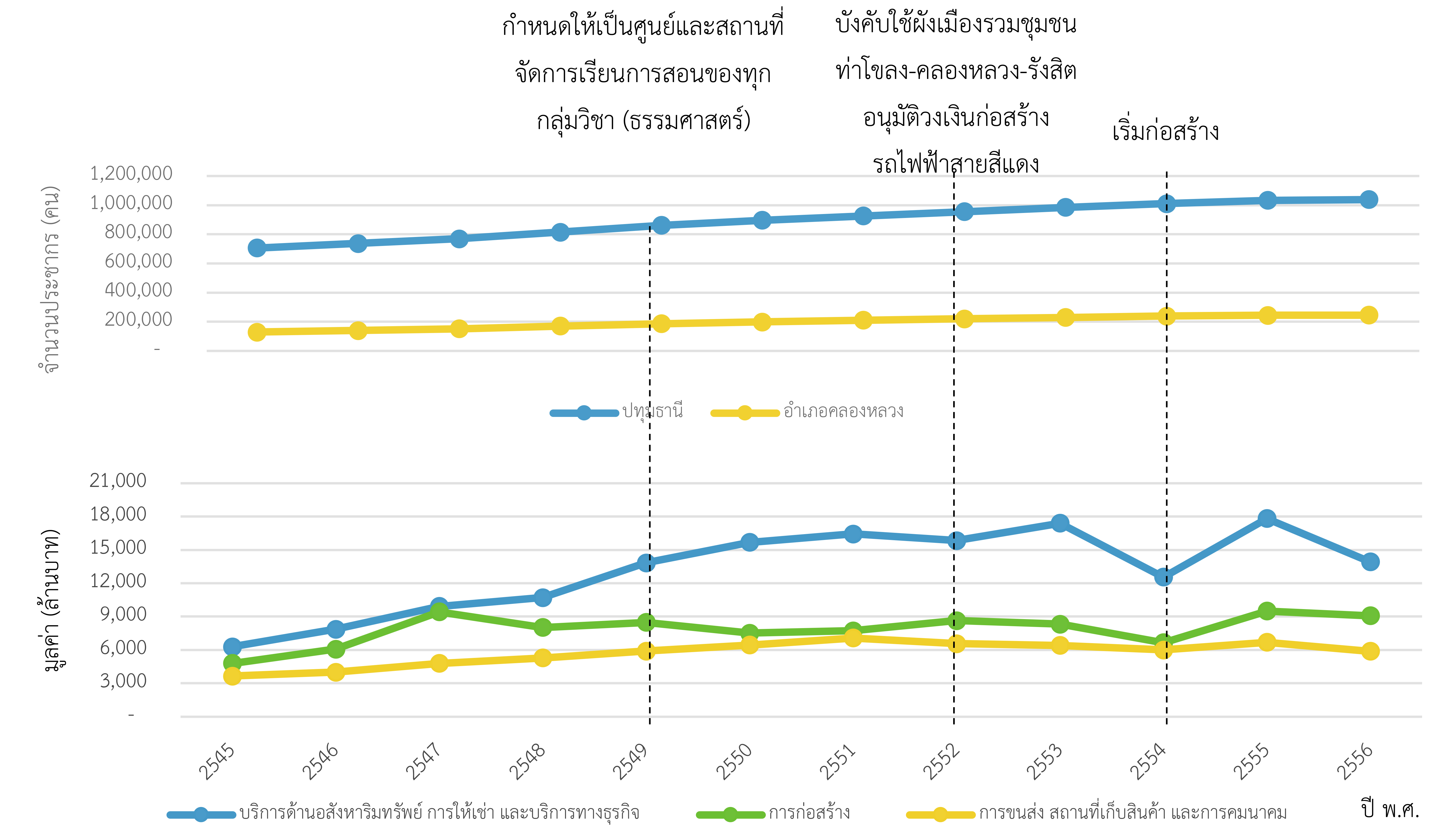Framework of Planning and Policy Analysis for Transit Oriented Development (TOD) towards Sustainable Urban Development
Main Article Content
Abstract
Transit-Oriented Development (TOD) is the key guidelines of urban planning for sustainable development. Incidentally, the success of applying this concept needs to be regulated and enforced in accordance with the policy framework at all levels of implementation. The research objectives consisting three goals; (1) to analyze TOD policy framework in regional, urban and local level; (2) to define potential of policy implementation, readiness and constrains relating to implementation authorities; and (3) to suggest TOD policy framework which is practical to local competency for development. Thus, from attitude surveying with consideration of efficiency, availability, interest, and readiness to deploy policy the policy recommendations can synthesize as 5 dimensions of development including; (1) policy framework; (2) spatial development; (3) transportation development; (4) creative economy development; and (5) Residential and public. In addition the research findings, revealed some gaps to adopt policy framework through practiced due to inconsistencies in the scope of each sector and lack of consideration on policies support, comprise of (1) policy framework for spatial economic development and (2) policy frameworks to apply on Transit-Oriented Development. Resulting in the characteristic of Transit-Oriented Development in the current situation which could not achieve in the determining of the development from policy framework. Finally, it was obviously seen that the proximity area of transit station was developed and driven on the environment of market mechanism which could not guide urban development to be sustainable growth.
Downloads
Article Details

This work is licensed under a Creative Commons Attribution-NonCommercial-NoDerivatives 4.0 International License.
All material is licensed under the terms of the Creative Commons Attribution 4.0 International (CC-BY-NC-ND 4.0) License, unless otherwise stated. As such, authors are free to share, copy, and redistribute the material in any medium or format. The authors must give appropriate credit, provide a link to the license, and indicate if changes were made. The authors may do so in any reasonable manner, but not in any way that suggests the licensor endorses you or your use. The authors may not use the material for commercial purposes. If the authors remix, transform, or build upon the material, they may not distribute the modified material, unless permission is obtained from JARS. Final, accepted versions of the paper may be posted on third party repositories, provided appropriate acknowledgement to the original source is clearly noted.
References
Belzer, D., & Poticha, S. (2009) Understanding transit-oriented development: Lessons learned 1999-2009. In Fostering equitable and sustainable transit-oriented development. New York, USA: Boston College’s Institute.
Building Research Establishment [BREEM]. (1988). Integrating sustainable design into masterplan – BREEM Communities. Retrieved from http://www.rtpi.org.uk/media/527464/helen_pineo_presentation_17.05.pdf.
Bunyapravitra, T. (2013). Transit-Oriented Development (TOD) guidelines for Thailand: Phase 1. Bangkok: Asia Museum. Retrieved from http://asiamuseum.co.th/upload/forum/masstrandev.pdf.
Cervero, R., et al. (2004). Transit-Oriented Development in the United States: Experiences, challenges, and prospects. In Transit cooperative research program report 102. Washington, D.C.: Transportation Research Board.
Center for Transit-Oriented Development [CTOD]. (2010). Performance –based Transit-Oriented Development Typology guidebook. Retrieved from http://ctod.org/pdfs/2010PerformanceBasedTODTypologyGuidebook.pdf.
Comprehensive Assessment System for Built Environment Efficiency [CASBEE]. (2014). CASBEE for Urban development technical manual. Retrieved from http://www.ibec.or.jp.
City of Winnipeg. (2016). TOD Typologies. Retrieved from http://winnipeg.ca/ppd/TOD/Typologies.stm.
Dunham-Jones, E., & Williamson, J. (2011). Retrofitting suburbia: Urban design solutions for redesigning suburbs. New Jersey: John Wiley & Sons.
Hawaii State Government. (2012). Leveraging state agency involvement in Transit-Oriented Development to Strengthen Hawaii’s economy. Hawaii, USA: Author.
Malaitham, S. (2011, February 17-20). Rail transportation for sustainable development, Team corporation. Prachachat, p. 36.
Nelson, D., Niles, J., & Hibshoosh, A. (2001). A new planning template for transit-oriented development(MTI Report 01-12). San Jose, CA: Mineta Transportation Institute, San José State University.
Office of The National Economic and Social Development Board [NESDB]. (2015). Brackground and Role of office of the national economics and social development board. Reterived from http://www.nesdb.go.th.
Prasertsubpakij (Garshasbi), D. (2014). Review article: Potential works in BMR transit-oriented development: lesson learned from the past. Journal of Architectural/Planning Research and Studies, 11(2), 1-16, Retrieved from http://www.tds.tu.ac.th/jars/download/jars/v11-2/01%20Review%20article.pdf.
Puchaneyapongsakorn, P., & Khongouan, W. (2011). Public satisfaction towards urban planning measures for evironmental management in Koh Samui municipality, Surat Thani Province. Journal of Architectural/Planning Research and Studies, 8(2), 99-111.
Renne, J. L. (2009). Evaluating transit-oriented development using a sustainability framework: Lessons from Perth’s network city. Calgary, Canada: University of Calgary.
Termpittayapaisith, A. (2013). Adaptation transportation from road to rail. Development of the Special Economic zone and prepare for the elderly society. Bangkok: The National Economic and Social Development Board [NESDB]. Retrieved from http://www.nesdb.go.th/Secretary_Talk_04-2556.pdf.
Yake, C. (2012). What’s your type (typology)?,Tailoring regional station typologies. Retrieved from http://sustainablecommunitiesleadershipacademy.org./Presentation.pdf.


